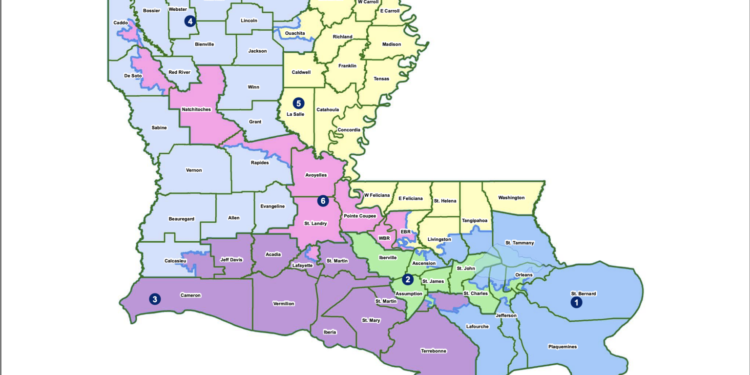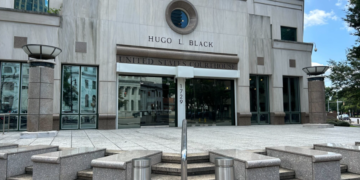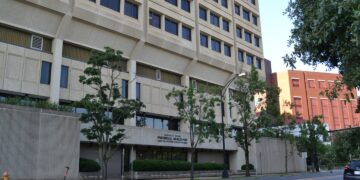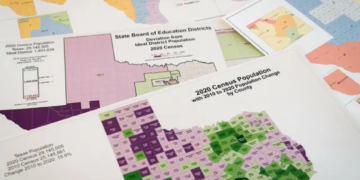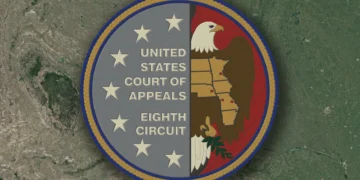A proposal from Sen. Glen Womack, to create a majority Black district that stretches from Caddo Parish to East Baton Rouge Parish (Screen capture from bill). Img source: lailluminator.com
April 8, 2024 Story by: Publisher
A panel of federal judges has invalidated Louisiana’s recently enacted congressional map, which included the creation of a second majority-Black district, just months following its implementation.
The repercussions of this ruling could potentially favor Republicans, as the newly established district was anticipated to lean towards Democratic victories.
Louisiana’s congressional boundary adjustments have been entangled in a protracted legal battle. In the summer of 2022, a federal court determined that the map drafted by Louisiana Republicans post-2020 Census likely infringed upon the Voting Rights Act by diminishing the influence of Black voters. Despite this, the Supreme Court permitted the use of the map for the 2022 midterms, resulting in the election of five white Republicans and one Black Democrat in a state where Black residents constituted approximately one-third of the population.
However, the Supreme Court ultimately upheld the lower court’s decision, prompting the state to redraw its map to empower Black voters further. In January, the GOP-dominated state legislature produced a revised map, introducing a second majority-Black district stretching from northwest Louisiana to East Baton Rouge.
The new district, with 56 percent Black residents, aimed to counterbalance a Republican-friendly partisan gerrymander in North Carolina, where the GOP essentially secured three seats for 2024 through mid-decade redistricting.
Promptly, a group of “non-Black voters” contested the new map, alleging it amounted to impermissible racial gerrymandering. On Tuesday, a divided panel of federal judges, including District Judges David C. Joseph and Robert R. Summerhays, both appointed by former President Donald Trump, sided with the challengers. They concluded that race predominantly influenced the map’s delineation, citing legislative statements, the division of communities along racial lines, the district’s peculiar shape, and evidence suggesting intentional inclusion of Black-majority neighborhoods to ensure a majority-Black district.
Circuit Court Judge Carl E. Stewart, appointed by former President Bill Clinton, dissented, asserting that no single factor predominated during the map drawing process, advocating for the map’s retention.
The subsequent steps for Louisiana remain uncertain. A hearing is scheduled for Monday to explore potential remedies for the violation, with an emergency appeal to the Supreme Court looming as a likely scenario.
The deadline for candidate filings for the November ballot is in mid-July. GOP Rep. Garrett Graves, previously included in the redrawn district, has indicated his intent to run in the Baton Rouge-based district for the upcoming election. Source: Politico.com
In response, Eric Holder, former Attorney General under President Barack Obama and current chair of the National Democratic Redistricting Committee, criticized the decision, emphasizing its threat to the Voting Rights Act and advocating for the preservation of Louisiana’s current map, which he believes rightfully empowers Black Louisianians in voting matters.


